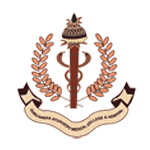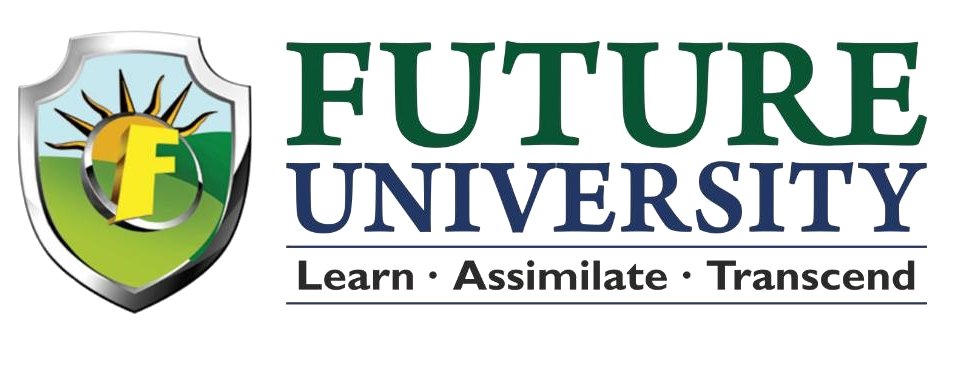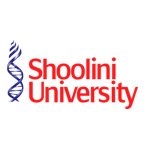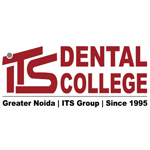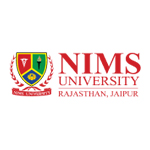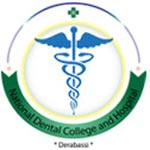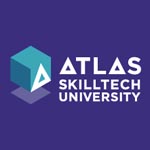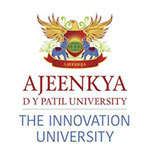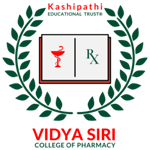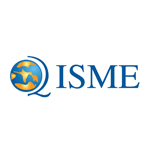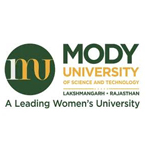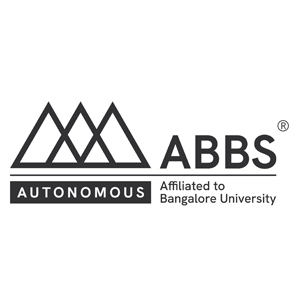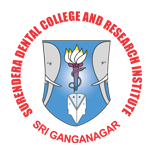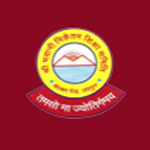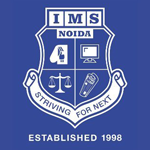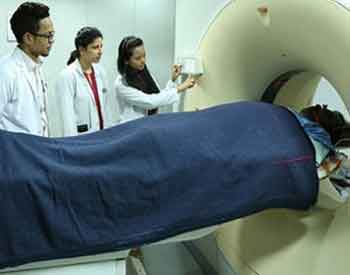
Diploma Radiology and Imaging
Medium
Medium
1.5 LPA LPA - 2.5 LPA LPA
3.5 LPA LPA - 5.5 LPA LPA
7.5 LPA LPA - 10 LPA LPA
Table of Contents
- Diploma in Radiology Course Highlights
- Diploma in Radiology and Imaging Technology Overview
- Diploma in Radiology and Imaging Technology Eligibility Criteria
- Diploma in Radiology Course Syllabus
- Program Educational Objectives
- Core Modules
- Programme Outcomes
- Career Options after diploma in radiology and imaging technology
Diploma in Radiology Course Highlights
| Eligibility | 10+2 from a recognized board with 50% with Physics, Chemistry and Biology/Maths as subjects. |
| Duration | 2-3 years |
| Admission Process | Merit and entrance based |
| Fee | INR 15,000-1,90,000 |
| Average salary | 5-9 LPA |
| Future Scope | Jobs like X-Ray technician, Radiologist, Radiology Nurse, MRI technician, etc. |
Diploma in Radiology and Imaging Technology Overview
Diploma in Radiology and Imaging Technology is a long-term diploma program that points towards a basic understanding of parts of radio diagnostic technology and medical imaging methods. Students will overcome training about the use of radiographic equipment, find out how to position patients to get the best pictures and discover how to critique pictures. Students will get information and skills, for example, anatomy and physiology, examination methods, patient care, professionalism, radiation safety, protection, and x-ray equipment.
Diploma in Radiology and Imaging Technology Eligibility Criteria
Applicant should have passed 10+2 in science stream with physics and chemistry as a necessary subject alongside one of the math or biology. Furthermore, competitors will likewise need to have appeared in the college entrance test or personal interview.
Diploma in Radiology Course Syllabus
The table below provides a detailed syllabus of the Diploma Radiology course.
| 1st year | Elective Subjects |
|---|---|
| General Physics, Radiation Physics & Physics of Diagnostic Radiology | Basics of Computer |
| Human Anatomy and Physiology, Radiology Physics | English |
| X-Ray Machines & Accessories, Maintenance. | Medical Ethics and Patient care |
| X-ray Film / Image Processing Techniques (Dark Room Techniques) | - |
| 2nd year | Elective Subjects |
| Quality Control at Radiology & Radiation Safety | Principles of Medical Emergencies |
| Equipments, Techniques of Modern Imaging Modalities | - |
| Contrast & Special Radiography procedures. | - |
| Clinical Radiography-Positioning | - |
Program Educational Objectives
- To formulate students to succeed in the profession and to seek after graduation in radiology and imaging technology.
- Students will have information about radiological and imaging technology needed for the treatment of several ailments.
- To become specialized communicators, orally and in writing, and effective team members capable of working successfully in gatherings and in analyzing patients of different age groups.
- To give students an educational environment that facilitates excellence, transparency, leadership, and promotes knowledge to long-lasting learning.
- To improve their clinical skills and embrace new radiological and imaging advances through self-directed professional development.
Core Modules
Programme Outcomes
- After completion of the course candidate will want to:
- Illustrate the information and skills in radiology and imaging technology to enable their overall professional development.
- Plan, implement and actualize program to address identified radiology and imaging technology needs incorporation with patients.
- Elucidate how social, organizational person's factors impact radiology and imaging technology.
- Exhibit the leadership role to facilitate, delegate and supervise care securely, manage risk and stay accountable for the consideration given effectively; include and respect others' contributions to integrated individual-centered care.
- Conduct a radiology and imaging technology program that reflects communication, leadership, and advocacy skills.
- Portray the ethical and legitimate bases for radiology and imaging technology services.
- Apply appreciating methods for complex radiology and imaging assessments. Give care to patients – efficiently and in a cost-effective manner – in a range of settings, and maintain foremost the interests of individual patients.
- Understand the core ideas of clinical ethics and law of radiology and imaging technology to their practice as medical care specialists.
- Show outstanding communication skills with the viable exchange of professional information.
- Make, choose and apply current tools and techniques of pharmacy field tools essential for solving pharmaceutical problems.
Acknowledge the need to take part in long-life learning through proceeding with education and research.
Get Admission in Diploma in Radiology and Imaging Technology:
Apply Now
Career Options after diploma in radiology and imaging technology
The candidates who have a diploma in radiology and imaging technology can seek after their profession as radiographers, radiologic technologists, atomic medication technologists, x-ray technicians, or ultrasound technicians.
Other sorts of jobs accessible for these diploma holders in medical imaging technology are:
- Ultrasound specialist
- Medical consultant
- Radiologic technologist
- Medical image analysis scientist.



